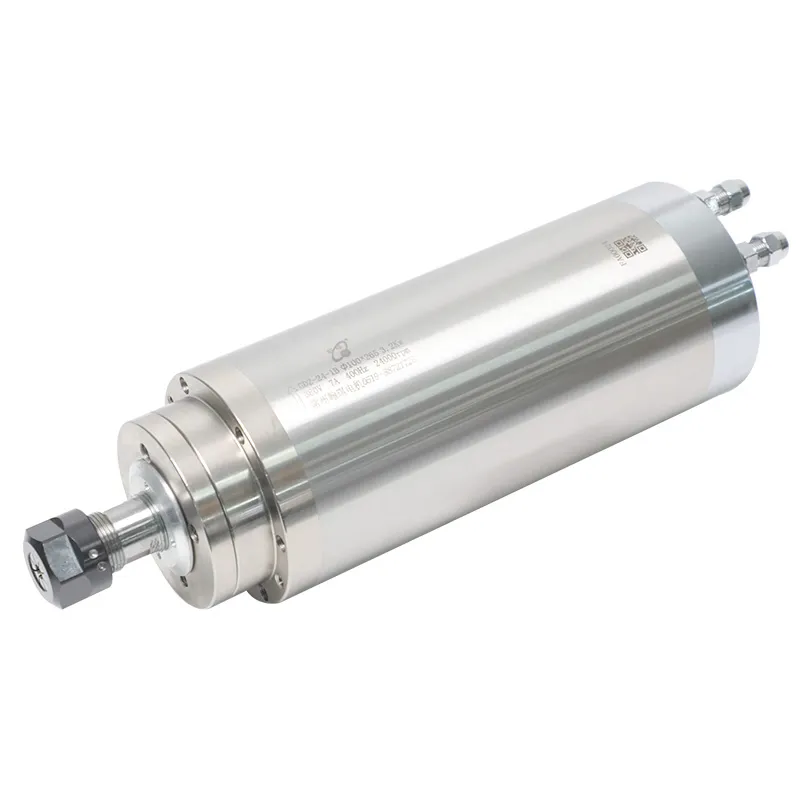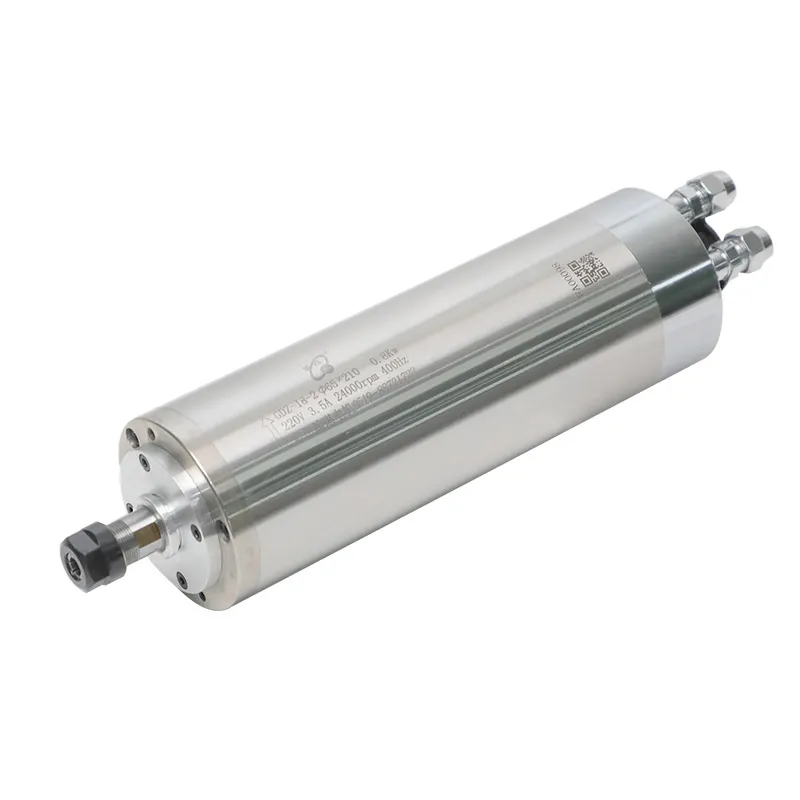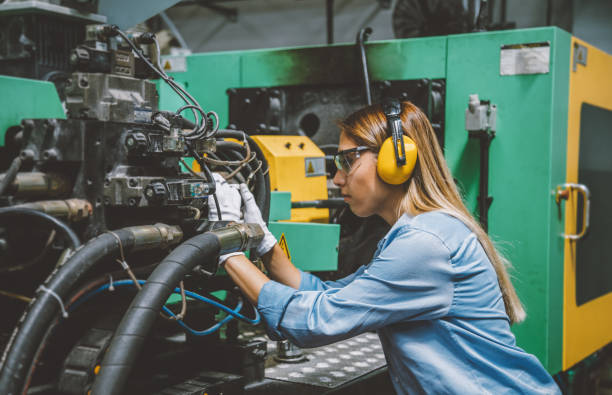When exploring manufacturing processes, one common question arises: is CNC additive or subtractive? To understand this, it’s important to recognize the fundamental differences between additive and subtractive manufacturing and where CNC (Computer Numerical Control) fits in. In this article, we will provide an in-depth comparison of CNC machining with additive manufacturing, helping you to understand the processes, advantages, and best applications for each technology.
What is CNC Machining?
CNC machining is a process of shaping a piece of material by cutting away portions of it. The term CNC refers to Computer Numerical Control, a method of automating machine tools via a computer. CNC machining involves several different types of machines, such as CNC lathes, CNC mills, and CNC routers. Each of these machines is programmed to follow precise cutting paths, which allows for extreme accuracy in the resulting parts.
How Does CNC Machining Work?
CNC machining starts with a solid block of material—often metal, wood, or plastic. This raw material is then processed using a variety of tools that remove parts of the block until the final shape is achieved. CNC machining uses computer-aided design (CAD) software to guide its tooling paths, ensuring that parts are made to exact specifications.
The key elements of CNC machining include:
- Subtractive Process: It removes material from the initial block.
- High Precision: CNC machining is known for its ability to produce high-precision parts with excellent surface finishes.
- Material Flexibility: It can be used with a wide range of materials, including aluminum, steel, wood, and plastics.
In conclusion, CNC machining is a subtractive manufacturing process, meaning that it works by removing material from a larger piece to achieve the desired shape.

Enhance your CNC machining capabilities with the 24000RPM 3.2KW ER20 Water-Cooled Spindle for greater speed and precision.
What is Additive Manufacturing?
Additive manufacturing, commonly known as 3D printing, is a process of making parts by building them layer by layer from a digital file. Unlike subtractive methods, additive manufacturing involves adding material—often plastic or metal—instead of removing it. This is a relatively new manufacturing technique that is gaining traction in industries where customization, rapid prototyping, and complex geometries are important.
How Does Additive Manufacturing Work?
The process begins with a digital model designed in CAD software. The CAD file is then transferred to a 3D printer, which uses materials like plastic filaments, resins, or metal powders to create the final product layer by layer.
The key elements of additive manufacturing include:
- Layer-by-Layer Process: The material is added in successive layers to build the final product.
- Customization: Each part can be customized, making it ideal for prototyping and limited production runs.
- Complexity: Additive processes are ideal for producing geometrically complex components, especially when subtractive methods become too costly or inefficient.
In short, additive manufacturing is fundamentally different from CNC because it is an additive process in which material is added rather than removed.

Interested in high-precision spindles for your CNC machine? Check out the 24000RPM 0.8KW ER11 Water-Cooled Spindle for enhanced capabilities.
Additive vs. Subtractive Manufacturing: Key Differences
1. Process Type
- Subtractive: CNC machining is subtractive. It removes material from a larger block, typically using rotating cutting tools.
- Additive: Additive manufacturing builds up layers of material, either plastic or metal, until the desired shape is achieved.
2. Material Usage
- Material Waste: In subtractive manufacturing, a lot of the original material becomes waste, making it less material-efficient compared to additive processes.
- Material Efficiency: Additive manufacturing only uses the exact amount of material required, minimizing waste.
3. Production Time
- Time Efficiency: CNC machines are highly efficient for high-volume production, especially if parts are relatively simple.
- Customization: Additive manufacturing excels in customization and prototyping, although it may be slower for large-scale production.
4. Complexity of Design
- Design Limitations: CNC machining has certain limitations in dealing with highly complex geometries due to tool access.
- Geometric Freedom: Additive manufacturing offers greater flexibility in producing complex shapes with internal structures that might be impossible with subtractive methods.
Applications of CNC and Additive Manufacturing
CNC Machining Applications
CNC machining is widely used in sectors where precision and durability are crucial. Some of the most common applications include:
- Automotive Parts: High precision components such as engine parts and brake rotors.
- Aerospace: Parts that require reliability and high strength.
- Medical: Equipment and devices that need high precision.
Additive Manufacturing Applications
Additive manufacturing is popular for applications requiring high customization and geometric complexity:
- Prototyping: Quickly creating prototypes to test fit, form, and function.
- Medical Implants: Customized implants tailored to individual patients.
- Art and Jewelry: Creating one-of-a-kind artistic pieces that need intricate detail.
CNC Hybrid Machines: Best of Both Worlds?
As technology advances, hybrid machines that combine both CNC and additive manufacturing capabilities have emerged. These machines use additive processes to create a near-net shape and subtractive processes to achieve the desired precision and surface finish.
Benefits of CNC Hybrid Machines
- Material Efficiency: Additive processes can minimize waste, while subtractive machining ensures the precision finish.
- Complex Components: Ability to create geometrically complex parts and then refine them to precise dimensions.
Hybrid machines are particularly advantageous for industries like aerospace and automotive, where both complexity and precision are crucial.
The Cost Factor: CNC vs. Additive Manufacturing
Cost is always a consideration when deciding on manufacturing methods. Here’s a brief overview:
| Manufacturing Method | Cost Considerations |
|---|---|
| CNC Machining | Initial machine costs are high, but per-part production is cost-effective for larger runs. Waste material adds to the cost. |
| Additive Manufacturing | Lower initial machine cost for desktop units but higher material costs. More affordable for small runs and prototypes. |
CNC machining can be more cost-effective for large production volumes due to its speed and efficiency, whereas additive manufacturing can save costs in tooling and setup for smaller runs or prototypes.
Conclusion: Is CNC Additive or Subtractive?
To answer the original question: CNC machining is a subtractive manufacturing process. It works by removing material from a larger block to achieve the desired shape. In contrast, additive manufacturing builds parts layer by layer from the ground up.
Both processes have their advantages and disadvantages, depending on the application. CNC machining is ideal for high-precision, high-strength components in industries like aerospace, automotive, and medical. On the other hand, additive manufacturing shines in producing prototypes, customized parts, and complex geometries that would be challenging to create through subtractive methods.
For more information on the latest CNC spindle upgrades to enhance your machining processes, visit Spindle Motorshop.
FAQs
1. What is the difference between CNC and 3D printing?
CNC is a subtractive process where material is removed to form the part, whereas 3D printing is an additive process where material is added layer by layer.
2. Can CNC machines be used for prototyping?
Yes, CNC machining can be used for prototyping, especially when the final material is metal or a hard plastic that cannot be easily 3D printed.
3. Which is better for large production runs: CNC or additive manufacturing?
CNC machining is generally better for large production runs due to its efficiency, speed, and low cost per part when producing in high volumes.
4. Are there hybrid machines that combine CNC and additive processes?
Yes, hybrid CNC machines combine both additive and subtractive processes, making them capable of creating complex geometries and finishing them with high precision.
5. What materials are used in CNC and additive manufacturing?
CNC can work with materials like aluminum, steel, wood, and plastics, while additive manufacturing typically uses plastic filaments, resins, and metal powders.

